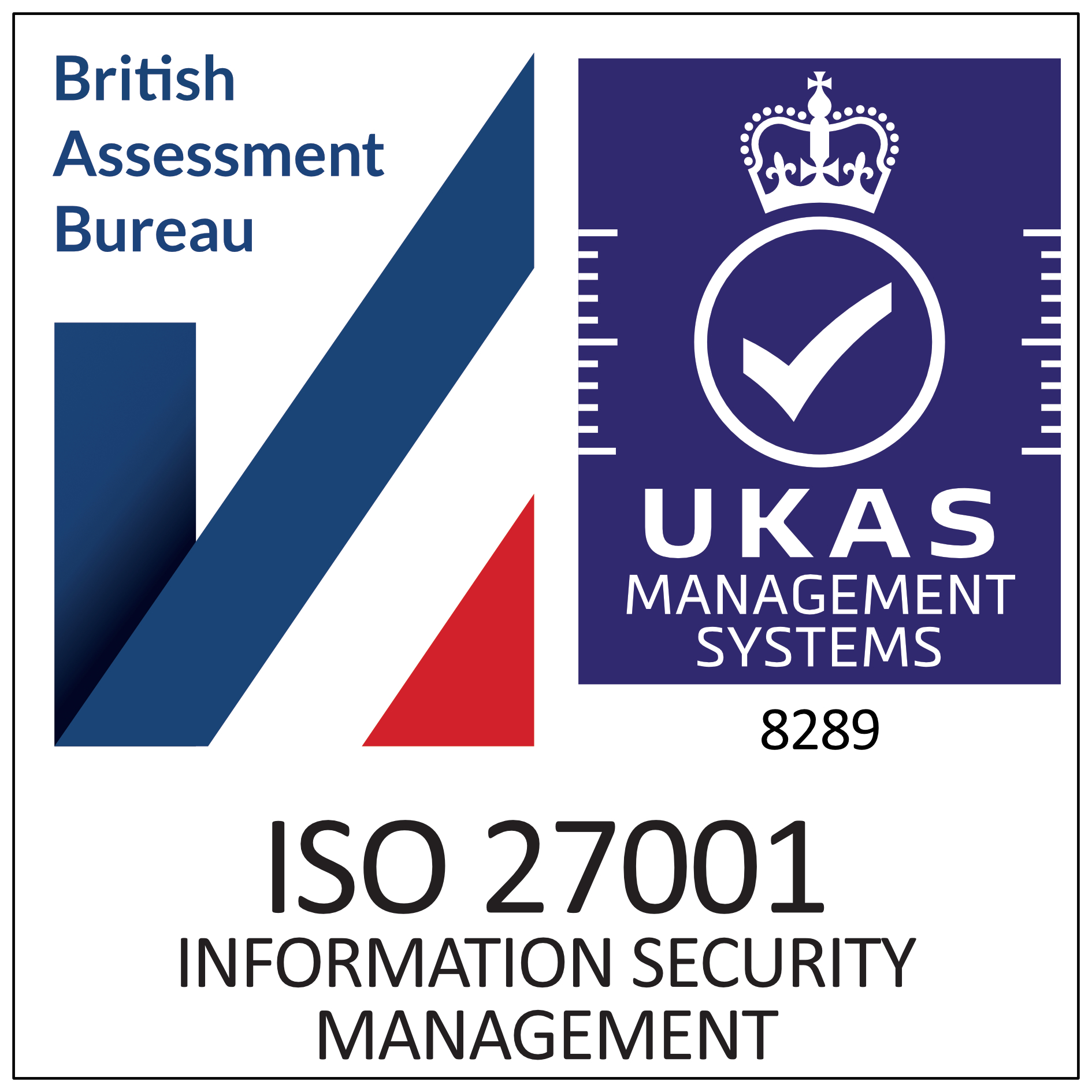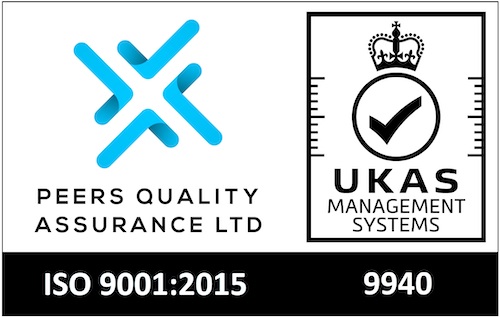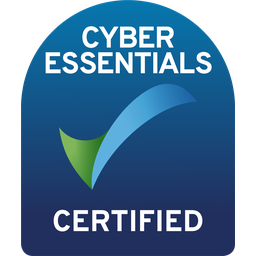Understanding the Right to Work Share Code: What You Need to Know
Understanding the Right to Work Share Code: What You Need to Know
What is the Right to Work Share Code?
In the modern world, people frequently move across borders in search of job opportunities. It is the responsibility of employers to ensure that employees have the right to work in a particular country. The Right to Work Share Code is a mechanism implemented in the United Kingdom to verify a person’s eligibility to legally work within its borders.
A Right to Work Share Code can be generated by an individual or potential employee visiting the UK government website, providing evidence of their immigration status and undergoing a UK immigration ID check. The Share Code UK can then be used by employers to carry out an employee’s right to work check. By using this code, employers can verify an individual’s right to work with an online Right to Work check without the need for physical document verification. This process saves time and resources for both employers and employees, eliminating the hassle of presenting paper documents for inspection.
Regulations for UK visas and immigration policies change and evolve and the right to work share code provides a convenient way for employers to confirm an individual’s eligibility to work, ensuring compliance with immigration laws and avoiding any penalties or legal complications.
By leveraging online technology and streamlining document verification, online Right to Work share code simplifies the process for employers and facilitates opportunities for employees to secure lawful employment, even in a constantly evolving visa and immigration landscape.
The Importance of the Right to Work Share Code
In today’s digital age, the right to work share code has become increasingly significant for a potential employee or job applicant. This code refers to a unique identification number that is issued to individuals that need to prove their eligibility to work in the United Kingdom. The employee’s right to work check is a crucial part of the hiring process, ensuring that employers adhere to immigration laws and prevent illegal employment.
The ability to generate a share code has simplified the process for both employers and employees. With the share code, individuals can grant employers temporary access to their immigration status, streamlining the hiring process. Employers can verify an employee’s right to work quickly and efficiently, ensuring compliance with the law while streamlining their recruitment procedures.
The right to work share code system enables employers to mitigate the risks associated with illegal employment and create a more transparent hiring process. This not only protects the rights of employees but also promotes a fair and equal job market for all.
How the Right to Work Share Code Affects Employers
The employee’s right to work check is a crucial aspect for employers, especially in the context of increasing migration and globalisation. The impact of Brexit has also made it more complex to understand the implications of EU EEA migrants, assess settled status and to appreciate what this EU settlement scheme means for employment and immigration laws in the UK.
Individuals being hired must have the legal right to work in the UK and technology is making this easier for both the employer and the potential employee. The introduction of the biometric residence card, the process of verifying an employee’s eligibility to work has become more streamlined.
Using MyVetting’s online right to work checks, employers can sign up in seconds and issue right to work check requests in a few clicks. Potential employees can complete their Right to Work checks from their own MyVetting dashboard and add in the right to work share code when requested.
Share codes can be generated on the government’s website and input to MyVetting during the share code check. Job applicants can then submit their right to work evidence, such as a biometric residence card or passport, and track their right to work online through MyVetting’s system.
Compliance with the Right to Work Share Code
With the growing number of individuals working remotely and the need for efficient systems, companies are turning to advanced technology to streamline the process of employee’s right to work checks. While this would have traditionally been carried out in-person, online verification of identity documents, using Home Office identity document validation technology, is UK-Government compliant.
Another emerging trend in compliance is the shift towards conducting right to work checks online. This allows employers to perform checks remotely, making it easier to comply employment law with the Share Code requirements, even if the employee is not physically present.
Online systems offer a user-friendly interface, where employees can upload their documents securely, and employers can review and validate them in real-time. This not only saves time but also provides a more convenient and efficient process for both parties.
How the Right to Work Share Code Affects Potential Employees
The right to work share code is a significant development that has the potential to affect potential employees, particularly those that wish to stay in the UK, have an indefinite leave to remain status or who are from the EU or EEA.
For potential employees with an indefinite leave to remain, the share code streamlines the process of providing evidence of their immigration status. Additionally, the right to work share code also affects individuals from the EU or EEA who arrived in the UK before the end of the Brexit transition period. While these individuals are entitled to live and work in the UK, they may need to provide evidence of their right to potential employers. The share code simplifies this process, eliminating the need for physical documents and ensuring a smoother transition into the workforce.
Reviewing the Benefits of Implementing the Right to Work Share Code
Implementing the right to work share code can bring significant benefits to employers and job applicants alike. The employee’s right to work check is a crucial step in the recruitment process that ensures legal compliance and promotes a fair and inclusive work environment. By using share codes, employers can streamline the process of verifying the identity and eligibility of job applicants, saving valuable time and resources.
One notable advantage of implementing the right to work share code is the increased efficiency it brings to the hiring process. Traditionally, employers had to physically review and store numerous documents to verify a candidate’s identity and eligibility to work. This manual process often led to delays and errors. With the use of share codes, job applicants can securely upload their documentation, allowing employers to easily access and verify the necessary information in a timely manner. This not only improves efficiency but also reduces the likelihood of fraudulent documents being accepted.
Another benefit of the right to work share code is the reduction of bias during the recruitment process. By standardising the identity check using a unified code, employers can ensure that all job applicants are treated fairly and equally. This takes away the possibility of unconscious bias affecting hiring decisions based on personal characteristics such as race, gender, or age. Instead, the focus can solely be placed on the applicant’s qualifications and suitability for the position, promoting diversity and inclusion within the workforce.
Furthermore, implementing the right to work share code can enhance data security and protect sensitive personal information. With traditional document-based checks, there is always a risk of documents being misplaced, lost, or mishandled. Share codes reduce this risk by providing a secure digital platform for transmitting and storing the necessary information. Employers can have peace of mind knowing that sensitive documents are protected, minimising the potential for identity theft or data breaches.
You can find out more about our Right to Work Checks or visit https://www.gov.uk/prove-right-to-work








